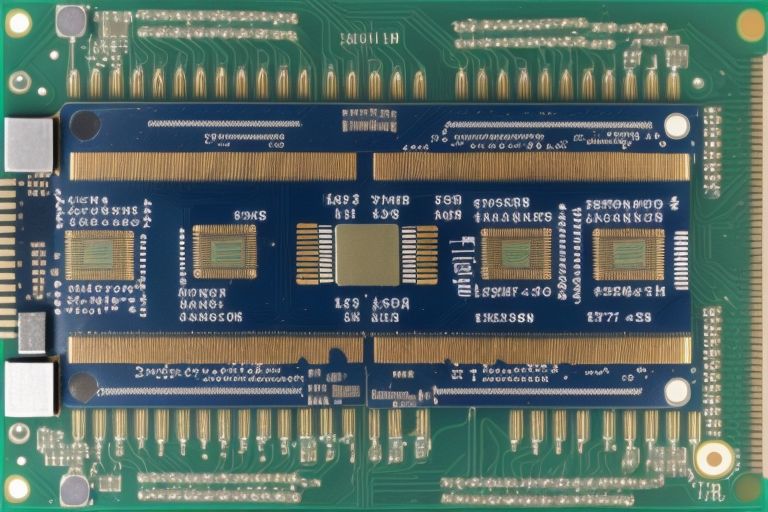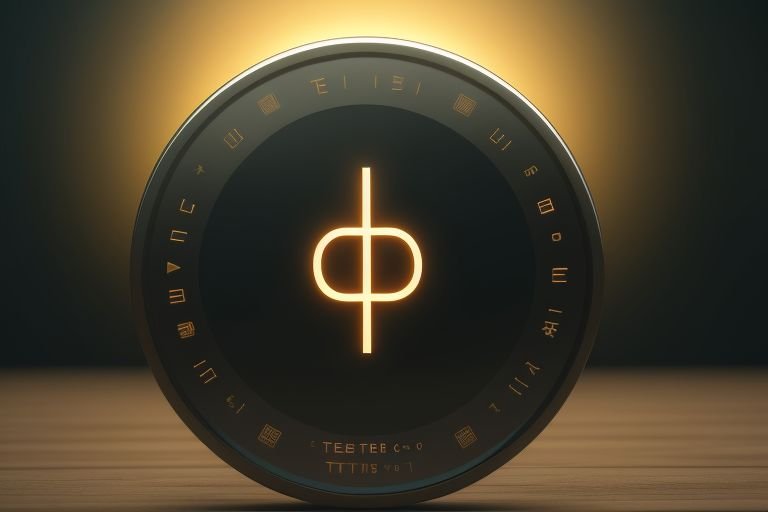Researchers have introduced a groundbreaking development in memory technology tailored specifically for neuromorphic computing. This new phase change memory (PCM) device, known for its low power consumption and cost efficiency, is setting new benchmarks in the field, potentially transforming how neuromorphic systems, designed to mimic the human brain, process and store information.
Understanding Phase Change Memory
Phase change memory utilizes the physical property changes in certain materials (like GST—Ge2Sb2Te5) to store data. These materials can switch between amorphous and crystalline states when heated, each state representing binary data differently. PCM devices offer a non-volatile, energy-efficient alternative to traditional memory systems, with faster read and write capabilities and improved durability.
Advantages of the New PCM Technology
The newly developed PCM device brings several advantages that are particularly beneficial for neuromorphic computing:
- Low Power Consumption: The device operates at lower power levels compared to traditional memory technologies, reducing the energy requirements for neuromorphic systems and making them more sustainable and cost-effective.
- High Speed and Durability: PCM provides faster data access and can endure more write cycles before failure, which is crucial for the extensive learning and re-learning processes in neuromorphic computing.
- Cost Efficiency: By using materials and manufacturing processes that are more economical, these PCM devices lower the cost barrier for developing advanced neuromorphic systems.
Impact on Neuromorphic Computing
Neuromorphic computing attempts to emulate the neural structure and function of the human brain, aiming to improve computational efficiency and performance, particularly in tasks related to pattern recognition, learning, and sensory data processing. The integration of this new PCM technology into neuromorphic systems could lead to significant advancements:
- Enhanced Learning Capabilities: The ability of PCM to quickly change states mimics the way neurons adjust their synaptic strength, crucial for learning and memory in biological systems.
- Scalability: Lower costs and reduced power requirements make it feasible to scale neuromorphic systems for wider applications, from robotics to artificial intelligence systems in data centers.
- Real-Time Processing: Faster data processing capabilities enable real-time decision-making in AI applications, mimicking human-like responsiveness.
Challenges and Future Prospects
While the new PCM technology is promising, several challenges remain:
- Integration Complexity: Integrating PCM into existing neuromorphic architectures requires overcoming technical challenges related to compatibility and optimization.
- Thermal Management: Managing the heat generated during the phase change process is critical, especially as systems scale and density increases.
- Longevity and Reliability: Continued research is needed to ensure that these devices can reliably function over the long term, particularly under varying environmental conditions.
Conclusion
The introduction of low-power, cost-efficient phase change memory technology marks a significant milestone in the evolution of neuromorphic computing. By providing a more efficient and scalable way to replicate neural processes, this technology has the potential to accelerate the development of AI systems that can learn and adapt in ways that more closely resemble human cognition. As this technology matures, it could lead to profound changes in computing architecture and capabilities, impacting various sectors from healthcare to autonomous vehicles.



















+ There are no comments
Add yours